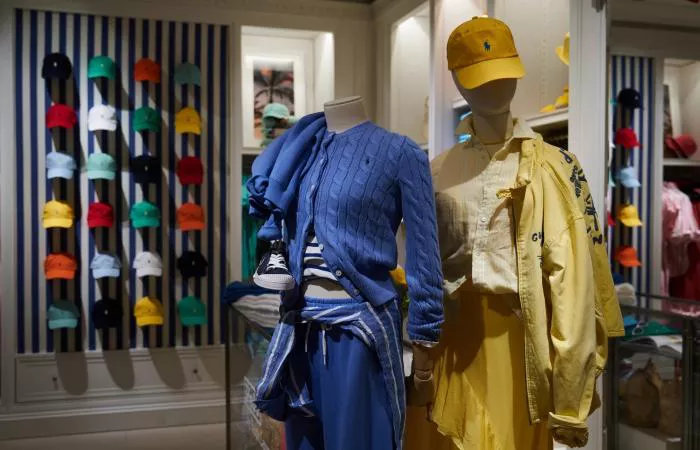WASHINGTON, D.C. — The global fashion industry reeled Wednesday after U.S. President Donald Trump unveiled the most expansive tariff package in decades, targeting key apparel manufacturing hubs with rates as high as 54%. The move threatens to upend supply chains, inflate consumer prices, and squeeze retailers already grappling with economic uncertainty.
Unprecedented Tariffs Hit Major Producers
In a White House address, Trump announced a baseline 10% tariff on all imported goods, with sharply higher rates for nearly two dozen nations—including top apparel exporters. Vietnam, the second-largest supplier of clothing to the U.S. after China, faces a 46% duty, while Cambodia (49%), Bangladesh (37%), and China (54%, including existing tariffs) were singled out for steeper penalties. The EU will contend with a 20% levy.
“This decision will devastate American fashion brands and retailers,” the U.S. Fashion Industry Association warned, noting that 98% of clothing and 99% of footwear sold domestically rely on imports.
Market Turmoil and Consumer Fallout
Fashion stocks nosedived in after-hours trading: Lululemon plummeted 10%, Nike and Ralph Lauren dropped 7%, and Tapestry and Capri Holdings fell 5%. The broader S&P 500 futures slid 4%, reflecting investor anxiety over inflationary pressures.
Analysts warn the tariffs will force brands to either absorb costs or pass them to consumers—a fraught choice amid sluggish demand. “More tariffs mean more anxiety for businesses and households,” said David French of the National Retail Federation, citing March’s pandemic-era low in consumer confidence.
Supply Chain Domino Effect
The policy intensifies pressure on factories already operating on razor-thin margins. After Trump’s earlier tariffs, retailers like Walmart pushed suppliers to share cost burdens. Now, textile mills and cotton farmers could face collateral damage as brands demand lower prices upstream.
Luxury and sportswear sectors are especially exposed. While LVMH benefits from U.S. production (50% of its local volume), most high-end goods face new import costs after years of price hikes. Meanwhile, Nike and On Running—which shifted production from China to Vietnam and Cambodia—now confront fresh disruptions.
A “Golden Age” or Trade War Escalation?
Trump framed the tariffs as a tool to revive domestic manufacturing: “We’ll break down foreign barriers, and American consumers will win,” he declared. Yet critics argue the move risks retaliatory measures and deeper inflation.
As the fashion industry scrambles to adapt, one reality is clear: the era of frictionless global trade is over—and the cost of clothing is set to rise.
Related topics:

